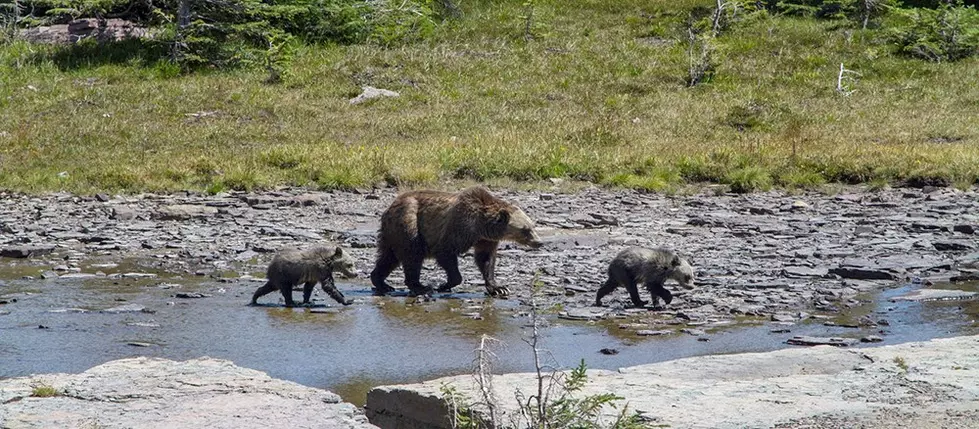
Groups file suit to stop more grazing, save grizzlies north of Yellowstone National Park
(Daily Montanan) Nine different conservation organizations have filed a lawsuit against the United States Forest Service for increasing grazing allotments just north of Yellowstone National Park that they say will likely lead to more human-grizzly bear conflicts and stunt recovery of the threatened species.
In a lawsuit filed in federal court in Missoula, the groups said the Forest Service has failed to take into account the effects of opening more grazing on the east side of Paradise Valley, which they said will lead to more human-bear conflicts by livestock depredation.
The lawsuit lays out a case against more grazing in the area just north of Yellowstone National Park, saying that the four mainstays of grizzly bear diet have been impacted by climate change and development and will almost guarantee more conflicts as the bears seek out livestock.
The court filing said that grizzly bears rely on ungulate meat, usually elk or deer, as well as whitebark pine tree seeds, cutthroat trout, and army cutworm moths. However, due to disease and climate change, whitebark pine seeds are scarce, and cutthroat trout face competition from other fish, as well as habitat degradation due to climate change.
Because of the diminishing types of food available to grizzly bears, increasing livestock grazing in an area with grizzly bears will inevitably mean more human-bear conflicts.
“Meat from large herbivores (including livestock) is a high-quality grizzly bear food,” the lawsuit states.
Grizzly bear counts throughout the United States peg the number at 1,923 individual bears, still roughly 3 percent of the historic high of 50,000 estimated at one time. More than 700 grizzlies live in the Greater Yellowstone Ecosystem.
“Individually, grizzly bears need sufficient habitat, including large and relatively undisturbed blocks of land for all life stages,” the suit said. “The best available science reveals the consumption of meat from livestock by grizzly bears is normal and to be expected given the high quality of this food resource. When grizzly bears and livestock share the same space and landscape, some level of predation of livestock often occurs.
“Livestock can be an attractant and local driver of increased grizzly bear densities.”
The lawsuit also notes the significant uptick in number of grizzlies that were killed because of conflicts with grazing. From 1980 to 2001, FWS reported nine grizzlies killed in the Greater Yellowstone area, but in the following 18 years, that number rose to 128 killed.
The groups also pointed out that the Forest Service’s own documentation found that “the East Paradise decision ‘may affect, or is likely to adversely affect’ grizzly bears.”
By the U.S. Fish and Wildlife Service’s own assessment, two major factors thwart grizzly bear recovery including human development between the bears’ recovery zones. The second factor is the number of bears that have to be killed because of livestock conflicts.
“The Forest Service’s decision to increase livestock grazing on public lands in important grizzly bear habitat is completely irresponsible,” said Andrea Zaccardi, carnivore conservation legal director with the Center for Biological Diversity. “Putting livestock in habitat where grizzly bears live is akin to baiting these imperiled animals into conflicts. It will only lead to dead bears and thwart the recovery of this threatened species.”
The groups that have sued the Forest Service include the Western Watersheds Project, the Western Environmental Law Center, WildEarth Guardians, Gallatin Wildlife Association, the Center for Biological Diversity, the Alliance for the Wild Rockies, Native Ecosystems Council and the Sierra Club.
